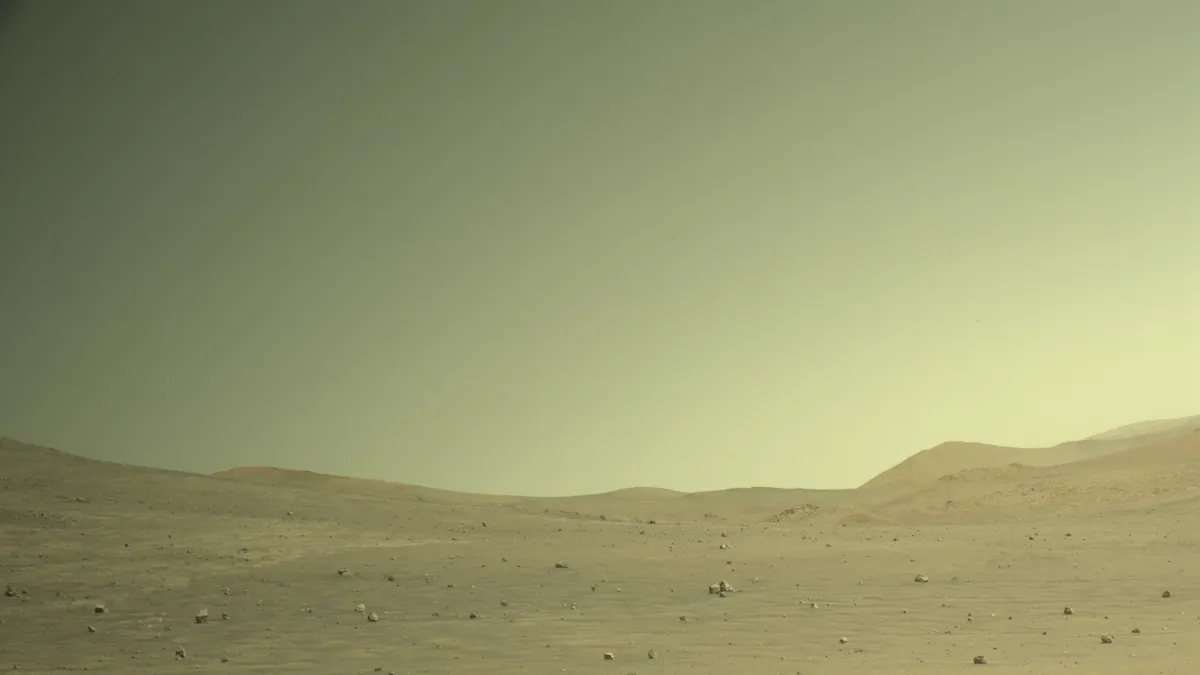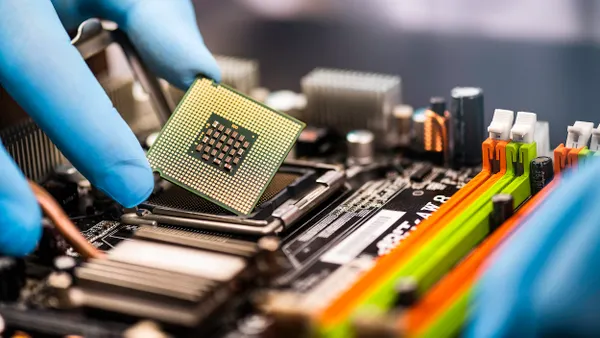Dive Brief:
- As NASA continues its preparations to land a human on the moon via its Artemis program, new research points to the possibility of building on the surface of not just the moon, but also Mars.
- A research team has developed a synthetic lichen system that can form building materials with no outside intervention, according to a news release from College Station, Texas-based Texas A&M University. The team was led by Congrui Grace Jin, an assistant professor in the school’s Department of Engineering Technology and Industrial Distribution.
- Jin’s team developed a synthetic community, or group of lichen species, that makes use of the advantages of those multiple species, according to the release. This system, which could enable autonomous construction on the planet, eliminates the need for external nutrient supplies and could eventually convert biomaterials into ink for 3D printing.
Dive Insight:
For years, NASA has leaned on the private sector to help field solutions that can lead to permanent structures in space. Building in space presents challenges that range from the prohibitive cost of transporting building materials along with the harsh lunar and Martian climates.
In this case, the surface of Mars is covered in regolith, which can consist of dust, sand and rocks.
But Jin’s team believes they’ve found a way around that. Their system grows with only Martian regolith simulant, air, light and an inorganic liquid medium, according to the release. In other words, no manpower needed.
“We can build a synthetic community by mimicking natural lichens,” Jin said in the news release. “We’ve developed a way to build synthetic lichens to create biomaterials that glue Martian regolith particles into structures. Then, through 3D printing, a wide range of structures can be fabricated, such as buildings, houses and furniture.”
That next step — using this regolith ink to print bio-structures using the 3D printing technique of direct ink writing — is already underway, according to the release.
“The potential of this self-growing technology in enabling long-term extraterrestrial exploration and colonization is significant,” Jin said.
The study was funded by the NASA Innovative Advanced Concepts program and recently published in the Journal of Manufacturing Science and Engineering.













